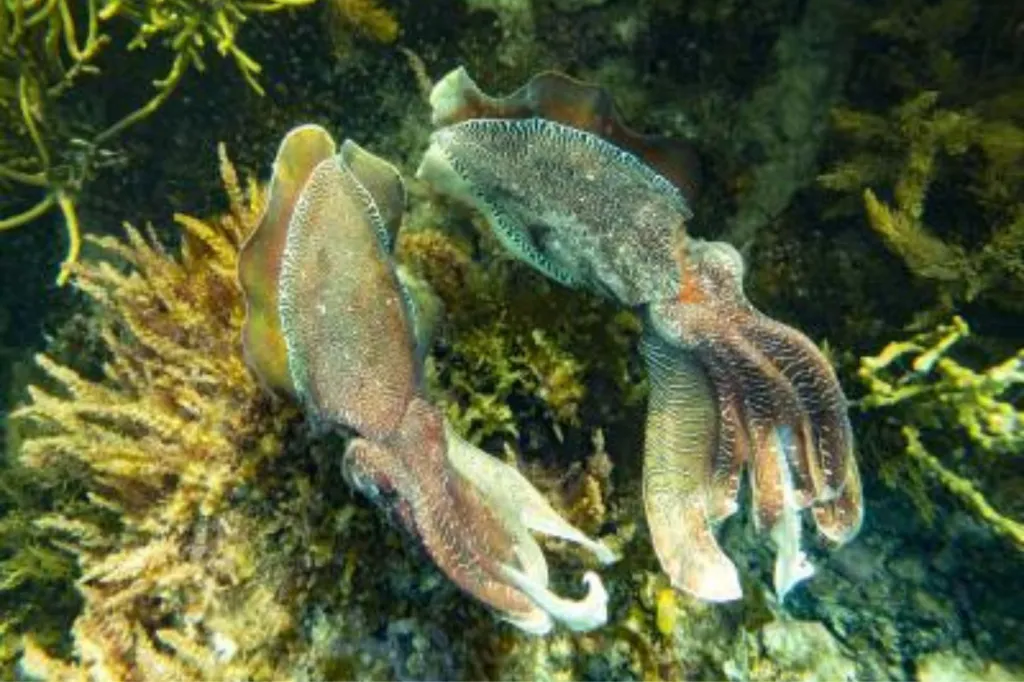SA heads to world stage with its algal bloom science
News emerged in parliament yesterday that South Australia would share its harmful algal bloom story at a “really important” global forum. But the state government was tight-lipped over the detail.

Premier Peter Malinauskas yesterday said the state’s algal bloom research would be presented on an international stage.
“I’m happy to report to the house that South Australia is going to have a strong representation at a really important scientific forum that’s happening overseas in the not-too-distant future,” Malinauskas said during question time in state parliament.
“Because some of the work that we’re now doing is up there with internationally leading, scientific evidence.”
The announcement came as the latest algal bloom update on Thursday showed an increase at seven sites around the Port River, West Lakes inlet to Patawalonga, Brighton and Hallett Cove.
Presence of Karenia mikimotoi – the cause of the algal bloom – has decreased at eight sites, including Franklin Harbour, Grange, Henley, Onkaparinga and northern Port Willunga.
Algae levels at 81 sites have remained stable.
Opposition spokesperson for Primary Industries Nicola Centofanti said the government should be focused on solutions at home, not international photo opportunities.
You might like
The Premier and environment ministers’ offices did not respond to further questions about the details of the forum, but Environment Minister Lucy Hood said while the algal bloom was a challenge it was also “an opportunity”.
Speaking to InDaily during her first sitting week as minister, she pointed to the $17.3 million for science, research in the Summer Plan announced earlier this week, which includes establishing an Office for Algal Bloom Research.
“That’s going to be based in South Australia, undertaking that vital long-term research into formation, spread and impact of bloom events,” she said.
Stay informed, daily
“By establishing that office, I think there will be eyes on South Australia in terms of this vital long-term research that’s required into these kinds of events.”
The algal bloom could ebb and flow for decades under worst-case scenario modelling, a State Parliament Joint Committee heard last week.
Hood said the event is “unprecedented” and unlike other disasters like flood or fire that have a recovery phase, the algal bloom required recovery to be embedded.
“Now it’s just about making sure we can support those communities through summer, but also start that recovery piece at the same time,” she said.
“We do have to focus on what’s in front of us, and that is the summer and making sure people can enjoy our beaches.”

Hood said it was important to remember the algal bloom had only affected about 30 per cent of the state’s coastline.
And she said there had been environmental wins along the way – like cuttlefish hatching.
More than 600,000 eggs at Cuttlefish Coast in the Upper Spencer Gulf have hatched despite the algal bloom, and more are expected to by the end of October.
The $700,000 air bubble curtain – jointly funded by the state and federal governments – installed on Cuttlefish Coast in August is now an “insurance policy”, Professor Mike Steer said on Thursday.
“We’ve had no need to interfere with the natural process,” Steer said.
“There was an insurance policy to put in that bubble curtain, and fortuitously, we didn’t need to use it.”
The hatching news came as legislation was introduced to parliament on Thursday to strengthen cuttlefish protections, formalising existing regulations.
The Fisheries Management (Cuttlefish-Northern Spencer Gulf) Amendment Bill 2025 included an up-to $20,000 fine for taking from taking Giant Cuttlefish from the Spencer Gulf and makes regulations harder to reverse.








